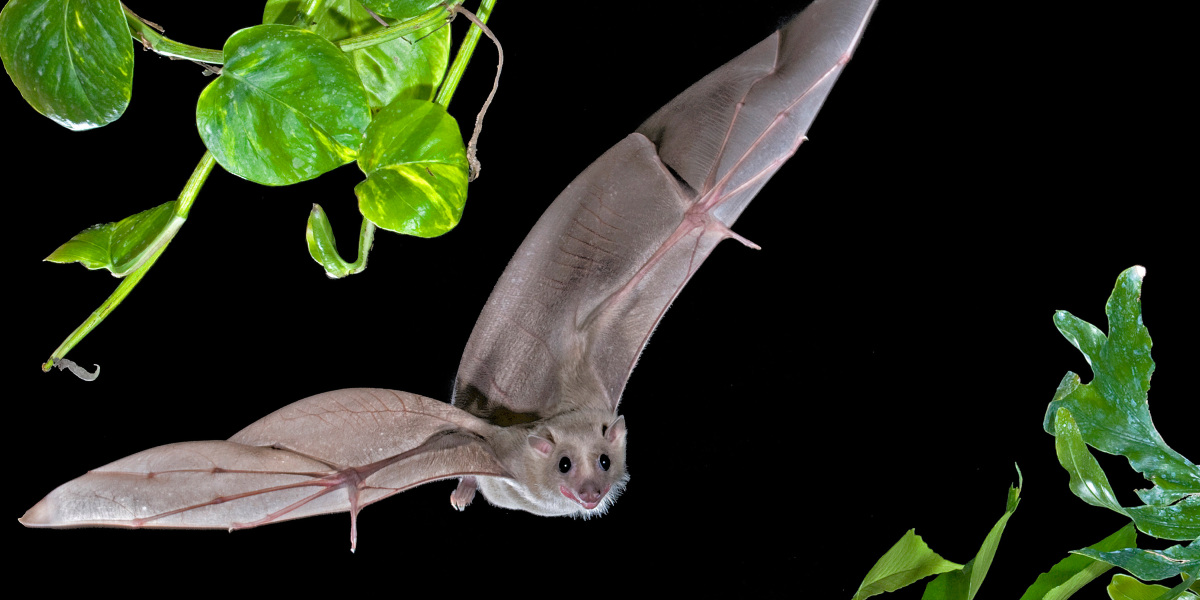
They found that in both random exploration and during goal-directed navigation, such as in the foraging task, the bats maintained a detailed spatial memory of both the environment and the paths they traveled. The trials also revealed that bats have spatial awareness of their future positions as well.
“We have neurons that are all simultaneously firing, but representing different parts of a larger path,” says Dotson. “So it’s representing the past, present, and the future, not just right now.”
Being able to chart their position through time with this natural GPS system is one of bats’ greatest survival tools, helping them locate food and evade predators.
Different species may weigh the relevance of past, present, and future experiences in different ways, the study notes. In a survival scenario like “monkeys jumping between tree branches or humans driving a car or skiing downhill at high speeds,” for example, future information may be most important for survival.
“The bat must plan both locally in time, and into the future, to be successful in its hunting behaviors,” says Melville Wohlgemuth, a researcher at the University of Arizona’s Batlab. “These are brain processes that are relevant to our lives, as well.”
Examining species other than our own has long been a hallmark of neuroscience, and studying the hippocampus of bats could give scientists more insight into how certain diseases affect our own brains.
For example, learning more about bats could change how we view Alzheimer’s disease—a brain disorder that slowly destroys cognitive functions and memory. Alzheimer’s patients have trouble intuitively navigating new routes or new locations, even when they’ve encountered them a few times.



